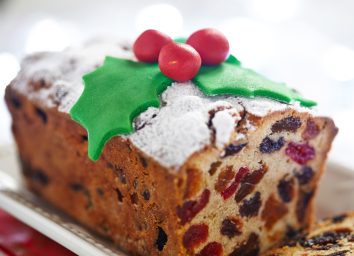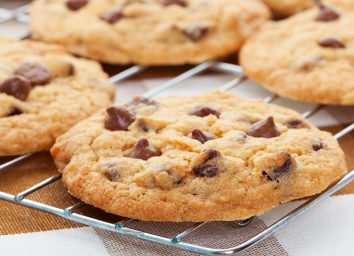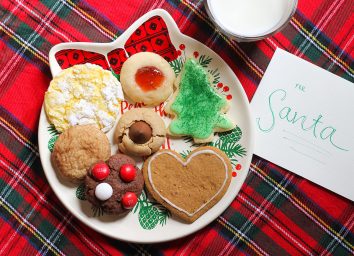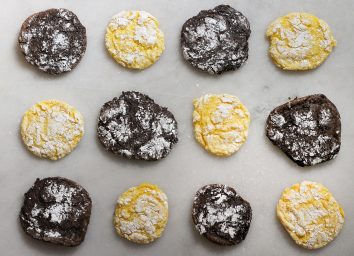15 Amazing Lessons We Learned From “The Great British Baking Show”
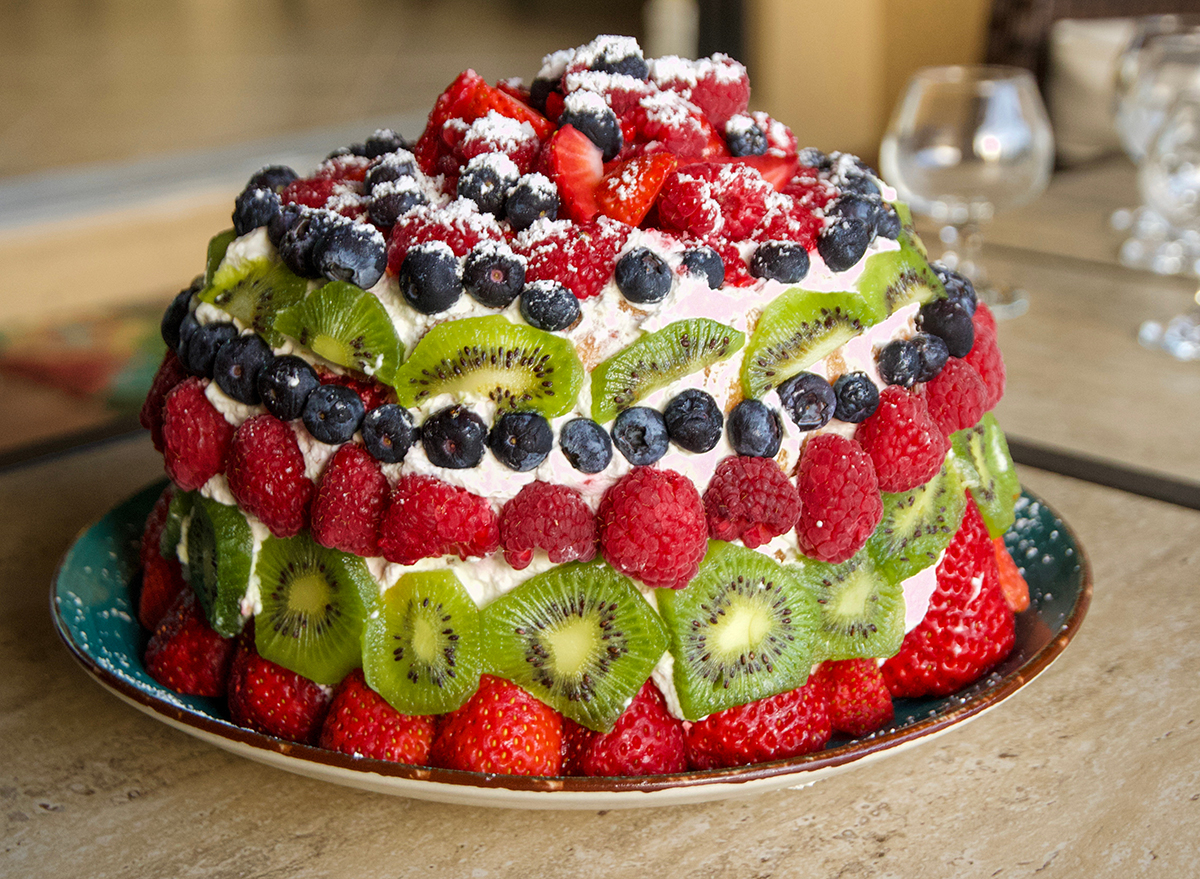
The Great British Baking Show, known outside the U.S. as The Great British Bake Off, is an elimination-style reality show in which amateur bakers compete to dazzle the judges with their baking skills. Considering the impressive stakes—many winners from the show’s 10 seasons have leveraged their time on the show to kick-start professional baking careers—the show is refreshingly warm and fuzzy, with contestants routinely nurturing and supporting one another’s efforts.
“I hope that what people learn when they watch are the little tips and techniques and flavors,” GBBO judge and baker Paul Hollywood said to Parade earlier this month. Ultimately, the show is meant to be more inspirational than it is aspirational. In fact, the GBBO has provided a vast wealth of baking information to its viewers over the last 10 seasons, drawing on both experience and innovation and serving it up with a cozy, cooperative warmth that matches its quaint English countryside setting. Here is just a small sampling of the wisdom and food lessons we’ve picked up from The Great British Baking Show along the way.
Read the recipe, then read it again. And then read it again, just to be sure.
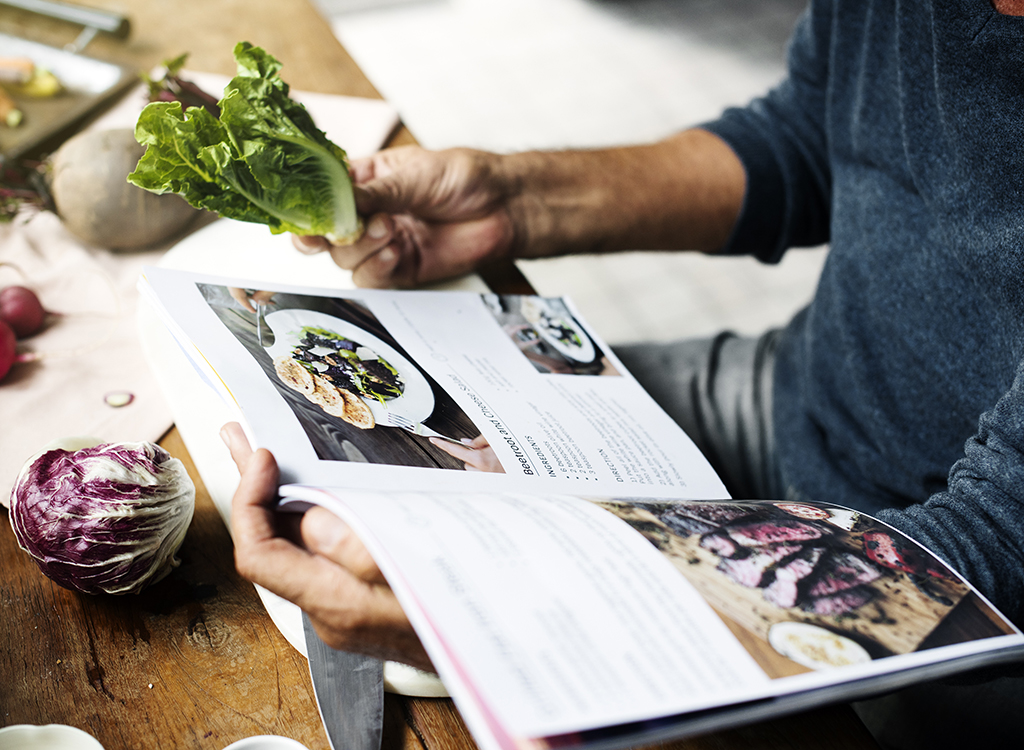
For as long as we’ve known her as a GBBO judge (as well as being a food writer and a Le Cordon Bleu graduate), Mary Berry has been advising contestants to read recipes twice. Why? Because you can’t read a baking recipe too carefully.
Edd Kimber, the first GBBO winner, concurs. “The amount of times I’ve been baking a recipe, in my own little world, blissfully unaware I have missed a step, is far too high for a guy who does this for a living,” Kimber said to Buzzfeed. “Make sure you read the recipe a couple times before you get started.”
Follow the measurements in a baking recipe to the letter (and the number).
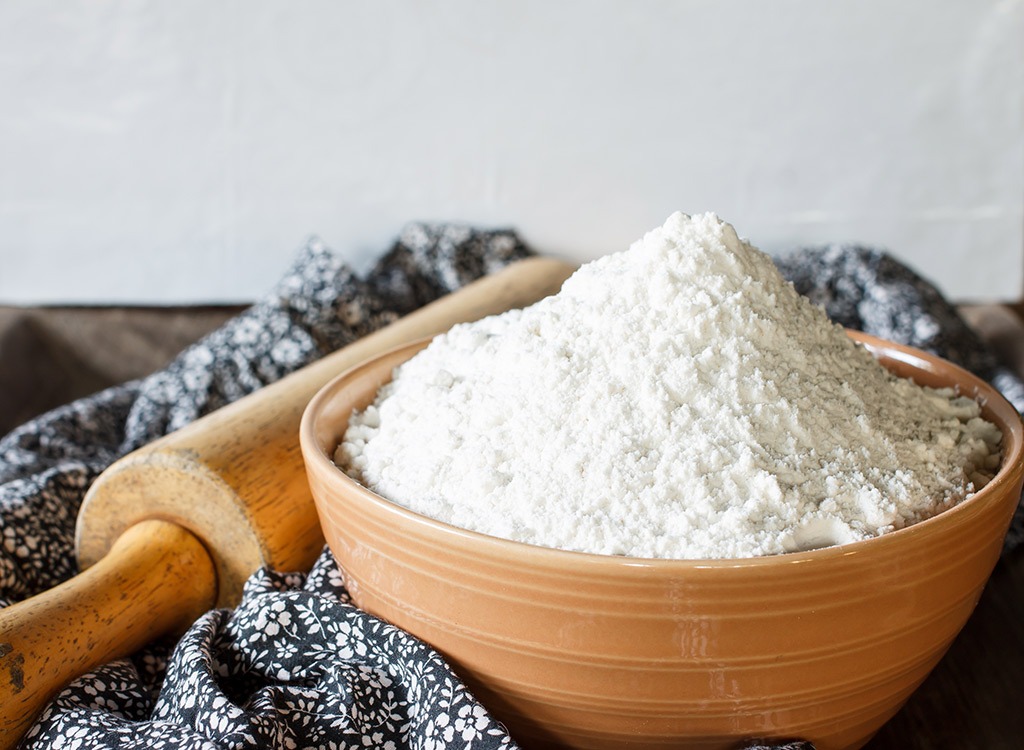
Much of cooking is an art. You can play around with measurements and proportion to your heart’s content and still end up with delicious results. But that’s not true with baking, which relies far more on immutable rules of science (e.g., sugar moistens, eggs bind, and baking soda adds lift). But lest anyone forget, there’s always Paul to remind contestants that measurements aren’t optional.
You can play around with the timer.
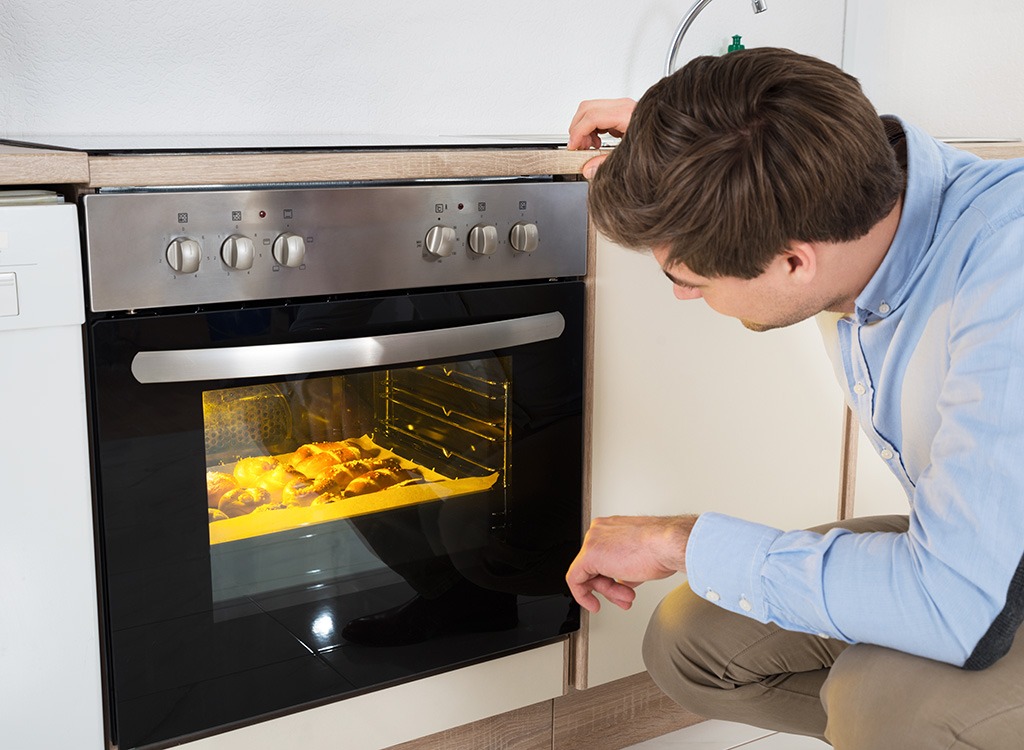
One place in baking where you can play a bit creatively is in how long you set the timer for while baking. We saw this play out on the GBBO when the contestants were asked to create a dairy-free ice cream roll and discovered that it was easier to roll the sponge cake when you cook it for slightly less time than the recipe called for.
By contrast, in another episode, the contestants discovered that if you’re using eclairs to create a dessert sculpture, you can cook the pastry for longer than the recipe calls for in order to help maintain its structure.
Measure by weight, not by volume.
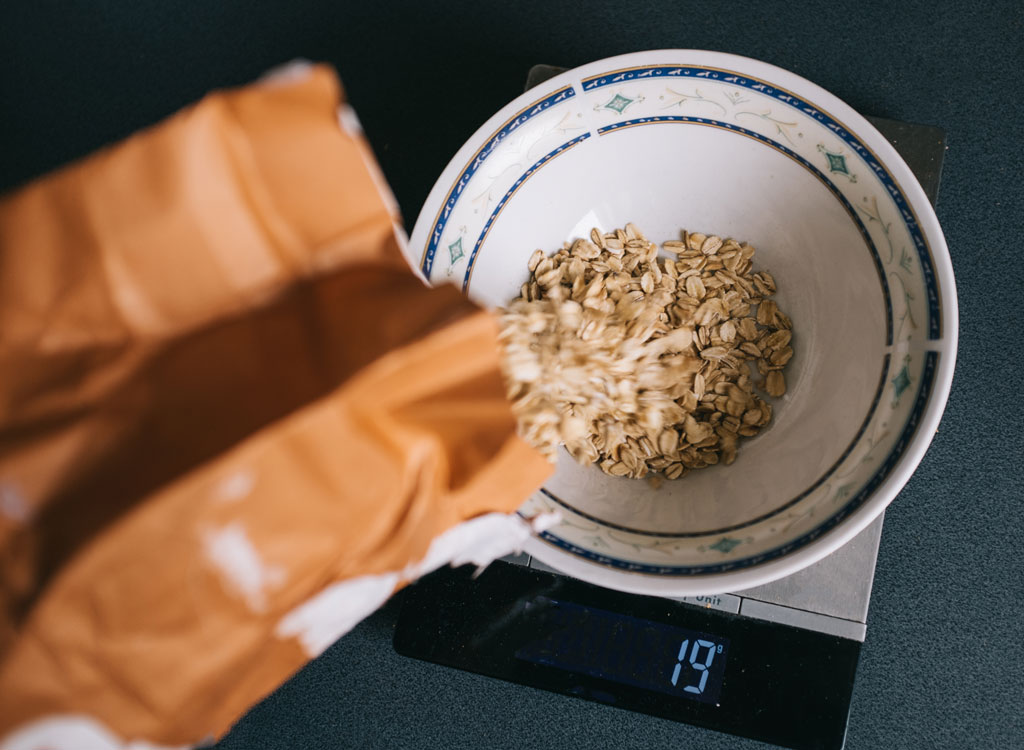
Viewers of the GBBO will recognize that serious bakers don’t rely on measuring cups. Rather, they weigh their ingredients using a digital scale. It’s far more accurate, according to Paul. And if you don’t believe it, just try this little experiment: Measure out a quarter cup of kosher salt and a quarter cup of iodized salt. Weigh them both, and you should find that a quarter cup of iodized salt weighs considerably more than a quarter cup of kosher salt (and thus packs a considerably more salty punch).
Use the stretch test for bread dough.
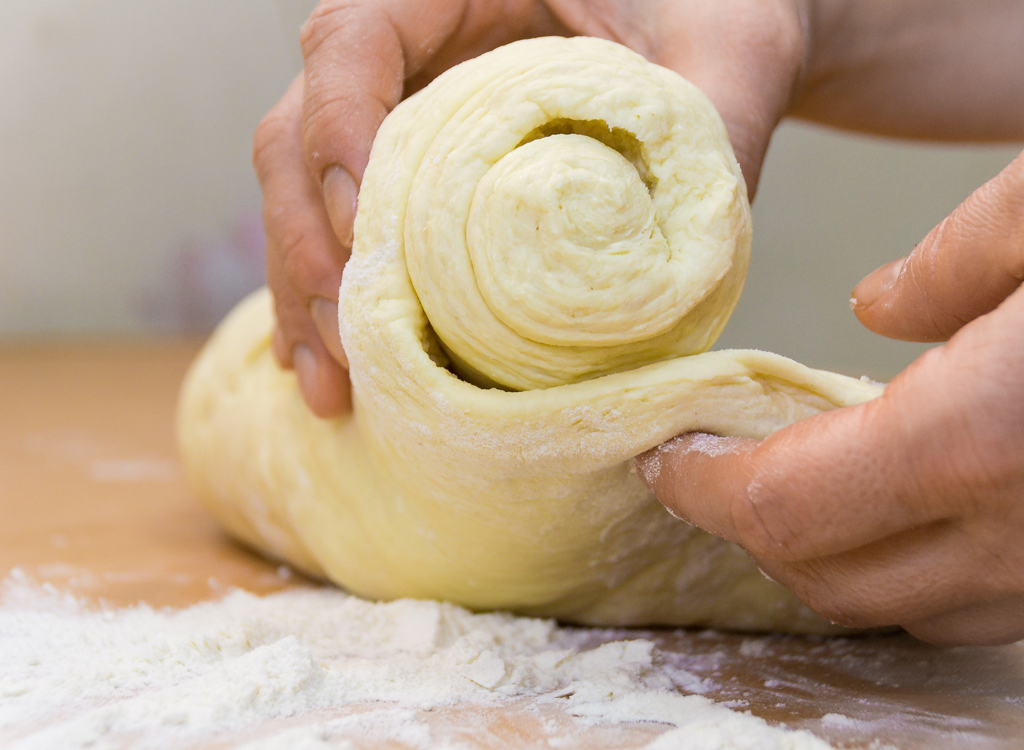
Dough that hasn’t been kneaded for long enough can lead to bread that’s too dense, according to Paul. The baker has a foolproof method for making sure you’ve done enough kneading: Stretch out a piece of dough. If it doesn’t stretch without falling apart, keep kneading.
You can use the “windowpane” test for bread dough, too.
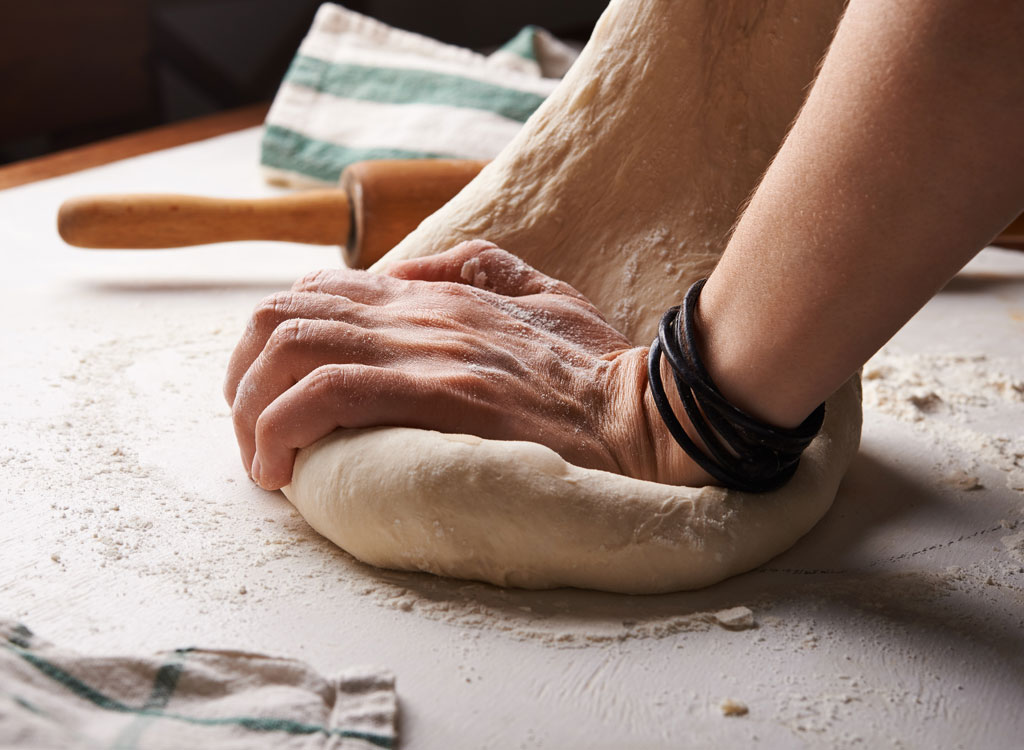
While there’s no reason not to trust the stretch test, Season 2’s Kimberley Wilson had an alternate method for determining if you’re finally done with the kneading. Kimberley’s “windowpane” technique requires stretching a piece of dough and holding it up the light. If the gluten has been developed properly, you should be able to see light through the dough.
An ugly dessert is better than no dessert.
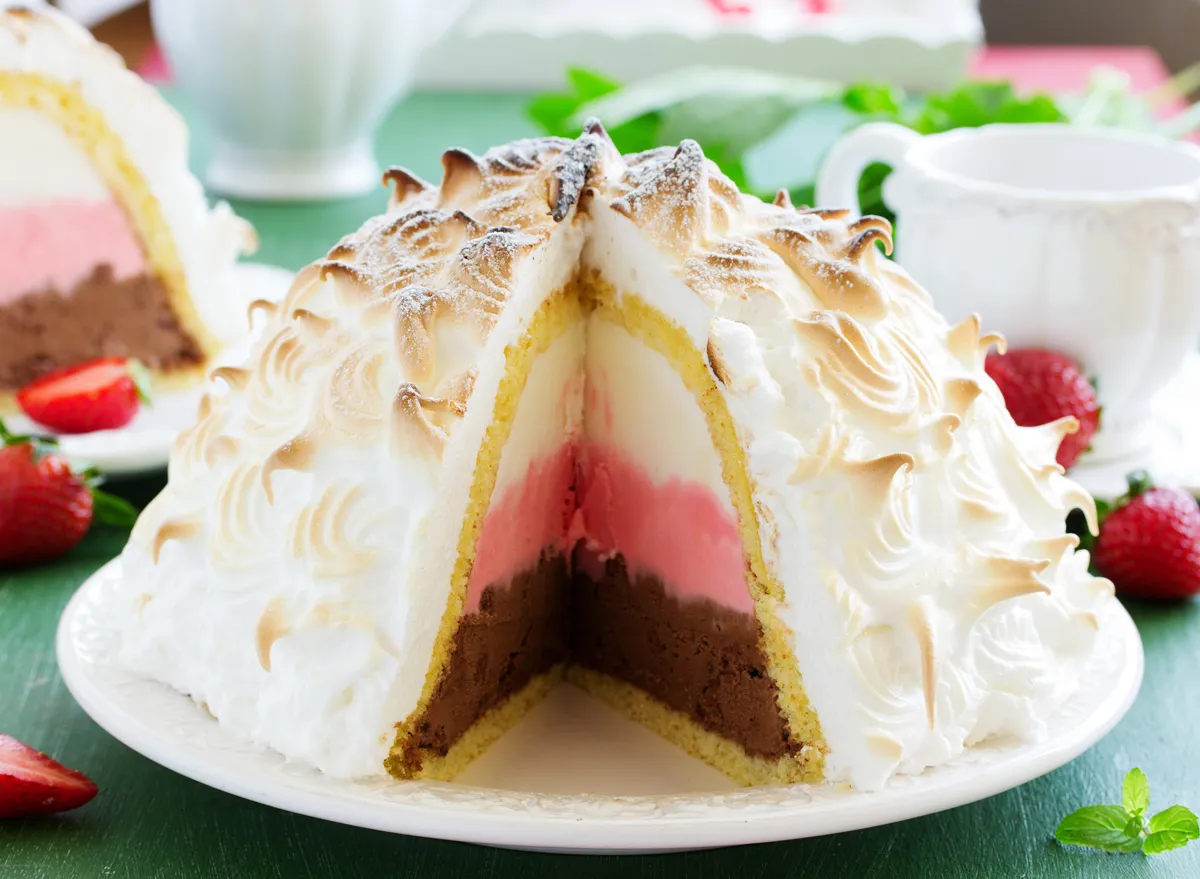
When a mishap led to his Baked Alaska losing its shape due to melting, contestant Iaian Watters famously tossed his Baked Alaska into the “bin” (that’s British for trash, by the way) during Season 1. Even more famously, Iaian was eliminated at the end of that episode because the judges felt it was bad form for Watters to deprive them of the ability to even taste his Baked Alaska, just because it didn’t look the way he wanted it to.
A beautiful dessert better taste as good as it looks.
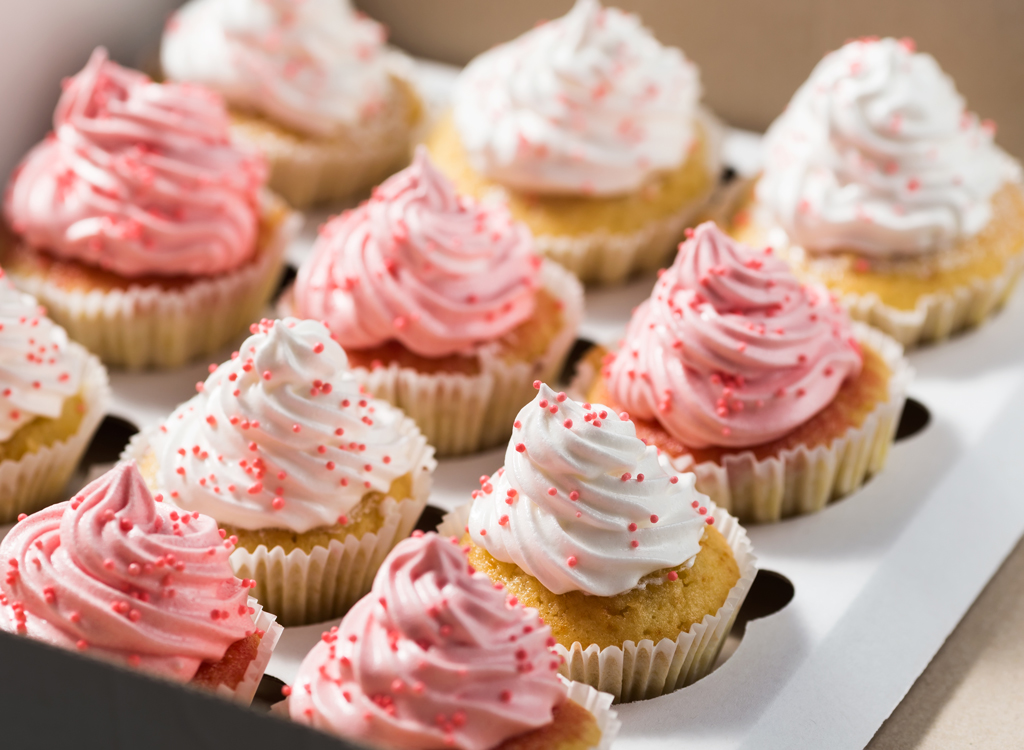
In Season 4, contestant and eventual winner Frances Quinn was so adept at making her “bakes” look gorgeous that the judges expressed concern that perhaps she was sacrificing substance in the name of style. As it turned out, Frances was quite adept at creating great-tasting baked treats as well.
She later shared this tip for making chocolate ganache (a chocolate glaze made from chocolate and cream melted together): Simply add a bit of corn syrup. It keeps the ganache from cracking, making it extra pretty, not to mention delicious.
Blind-bake your pie crusts to prevent the dreaded “soggy bottom.”
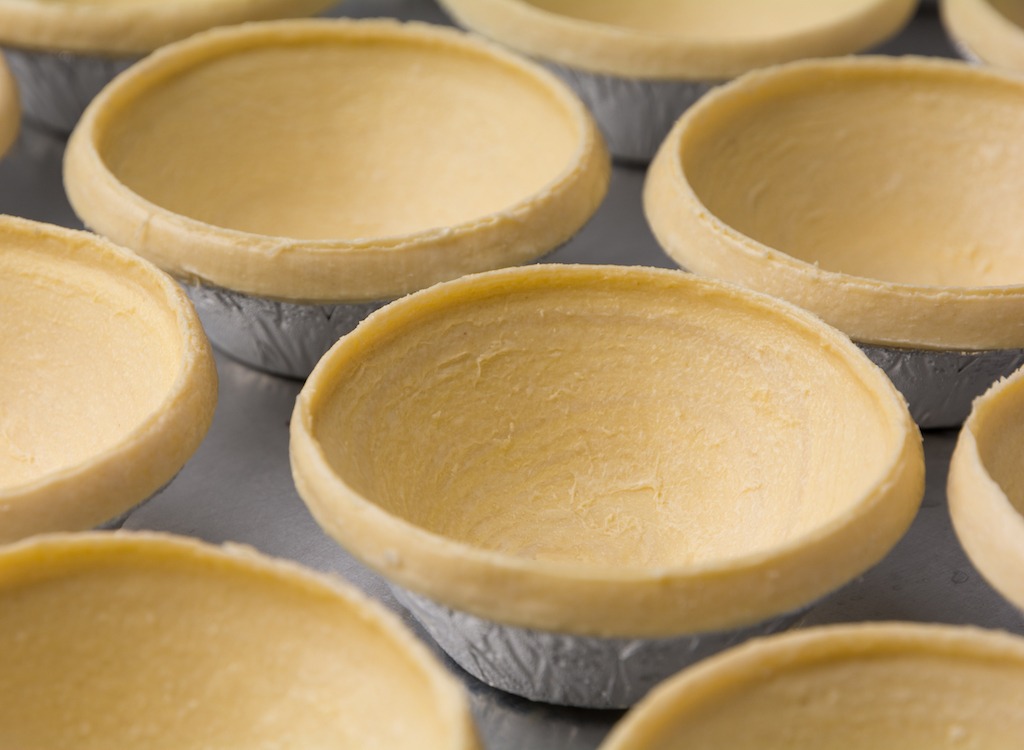
As far as Mary is concerned, there is simply no excuse for a pie with a “soggy bottom,” which, as you may have surmised, is mushy, overly-moist bottom crust. That’s because it’s so easy to “blind bake,” or partly baking the crust before filling it with wet ingredients.
To blind bake a crust, you’ll want to weigh down the crust (so that it doesn’t bubble up) with either baking beads or uncooked rice, separated from the crust with a sheet of parchment paper.
Always use the middle or lower rack to bake your cake.
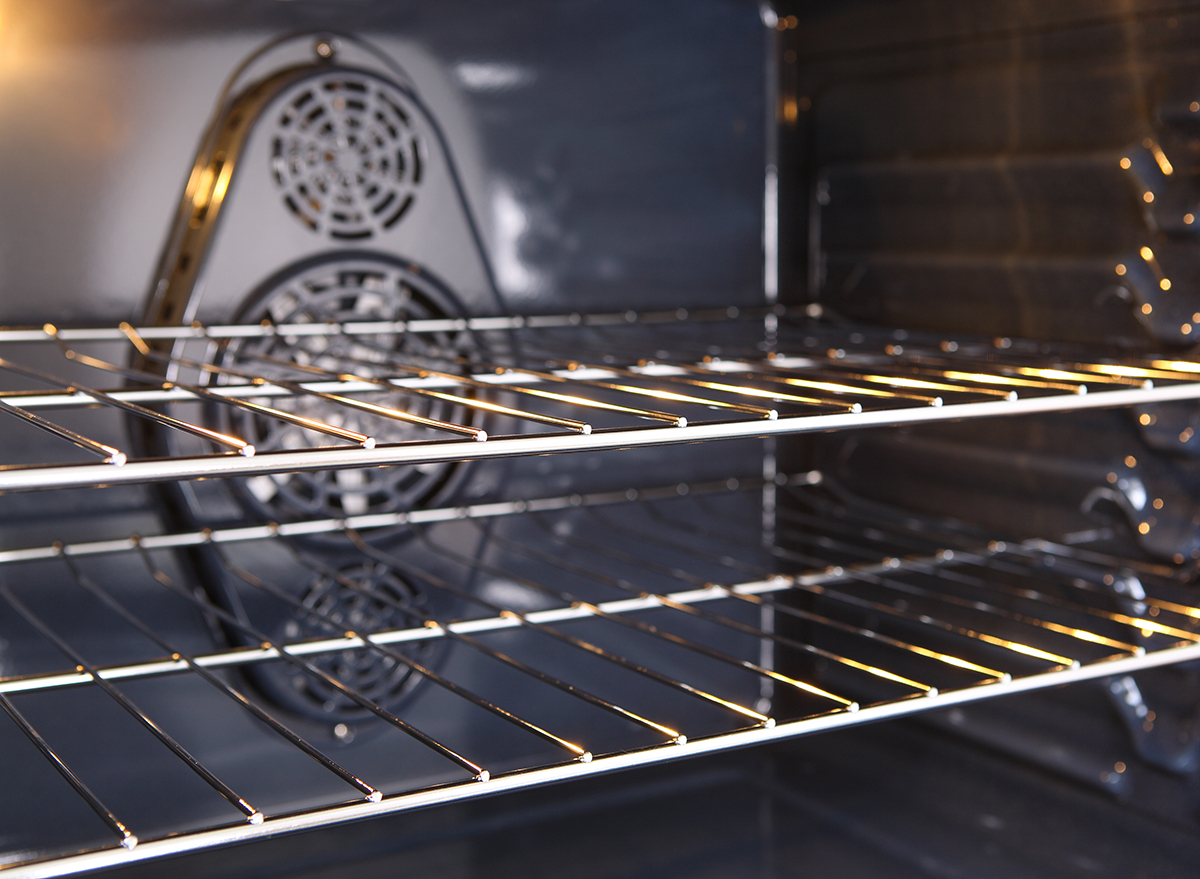
Many cake recipes (and even cake mixes) specify that you should place your pan on the middle rack of your oven. Those of us who don’t always read our recipes twice might not catch that nuance. But Mary has made it abundantly clear that this instruction isn’t frivolous. It’s there for a reason—cakes baked near the top of the oven can form a peak or a hard crust on top.
There’s an easy way to make real, honest-to-goodness puff pastry.
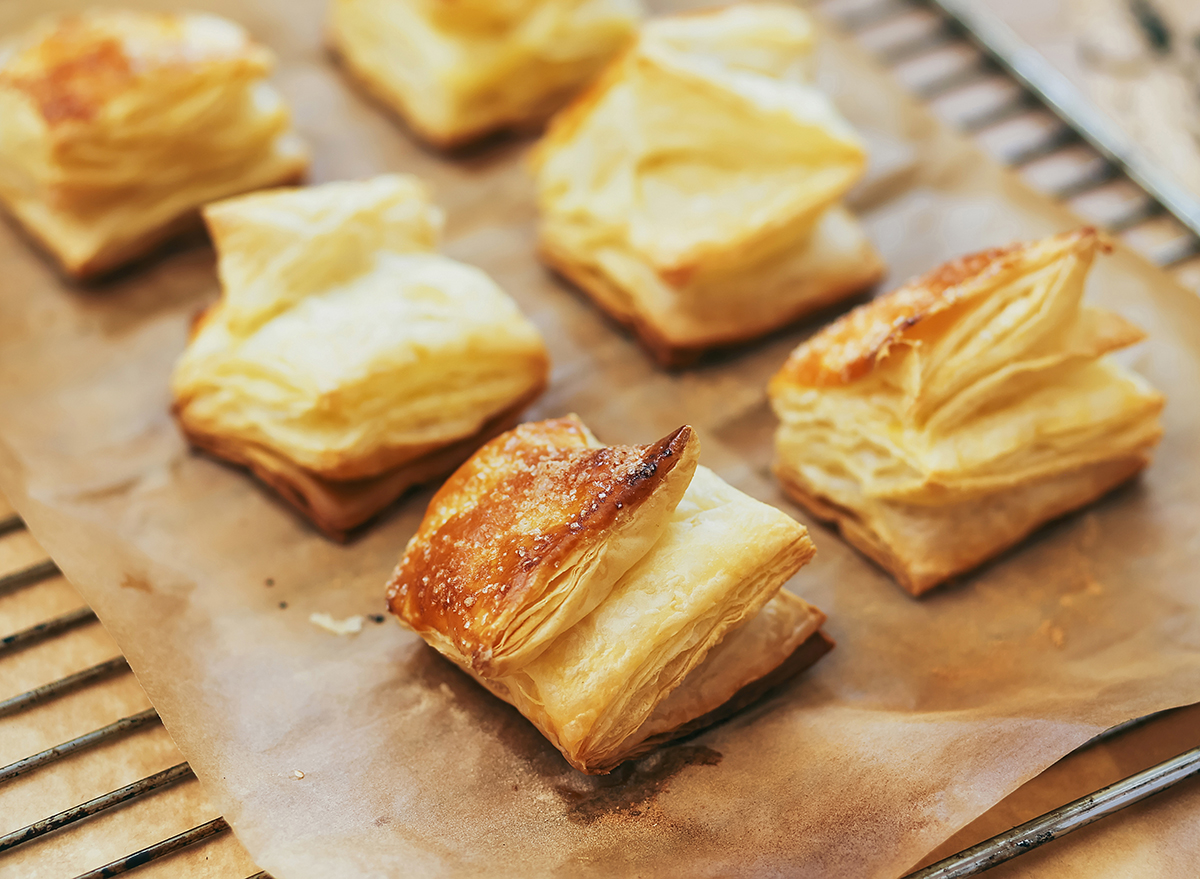
When a “bake,” as The Great British Baking Show judges refer to a baked dessert, calls for puff pastry, there’s only one way to make it. And that’s through many layers of folding and re-rolling until the butter and pastry combine into perfectly layered goodness.
Chill your puff pastry before baking it.
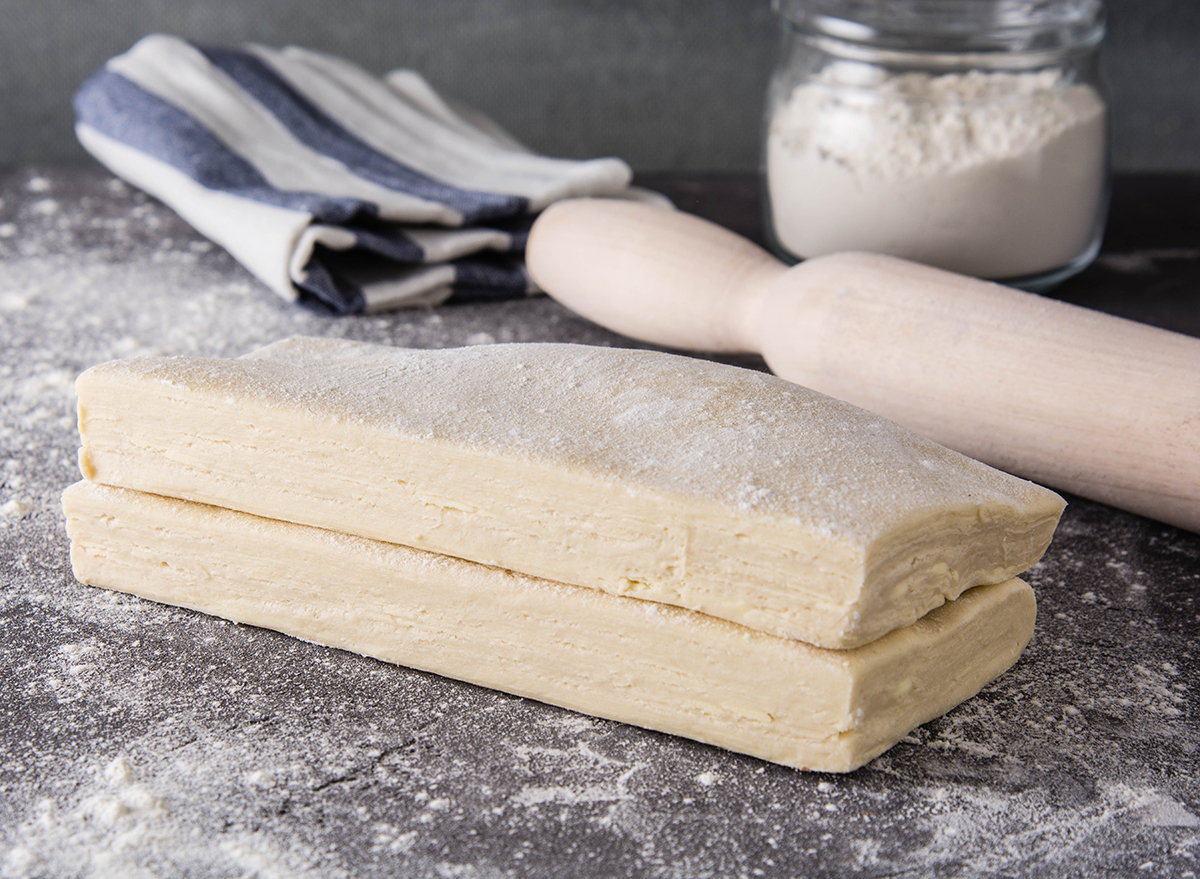
The magic of puff pastry is that the only leavening agent is air. After all the aforementioned folding and rolling, the pastry is literally layered with air. When the layers are exposed to heat, they puff up and separate from one another. Well, unless you plunk that puff pastry into the oven without chilling it first. If time limitations require you to skip that step, as they did for eventual Season 6 winner Nadiya Hussain during “pâtisserie week,” all that rolling and folding will be for naught as you sadly watch the butter melt out of your dough before the layers have a chance to puff up.
There’s no such thing as a shortcut to proofing your dough.
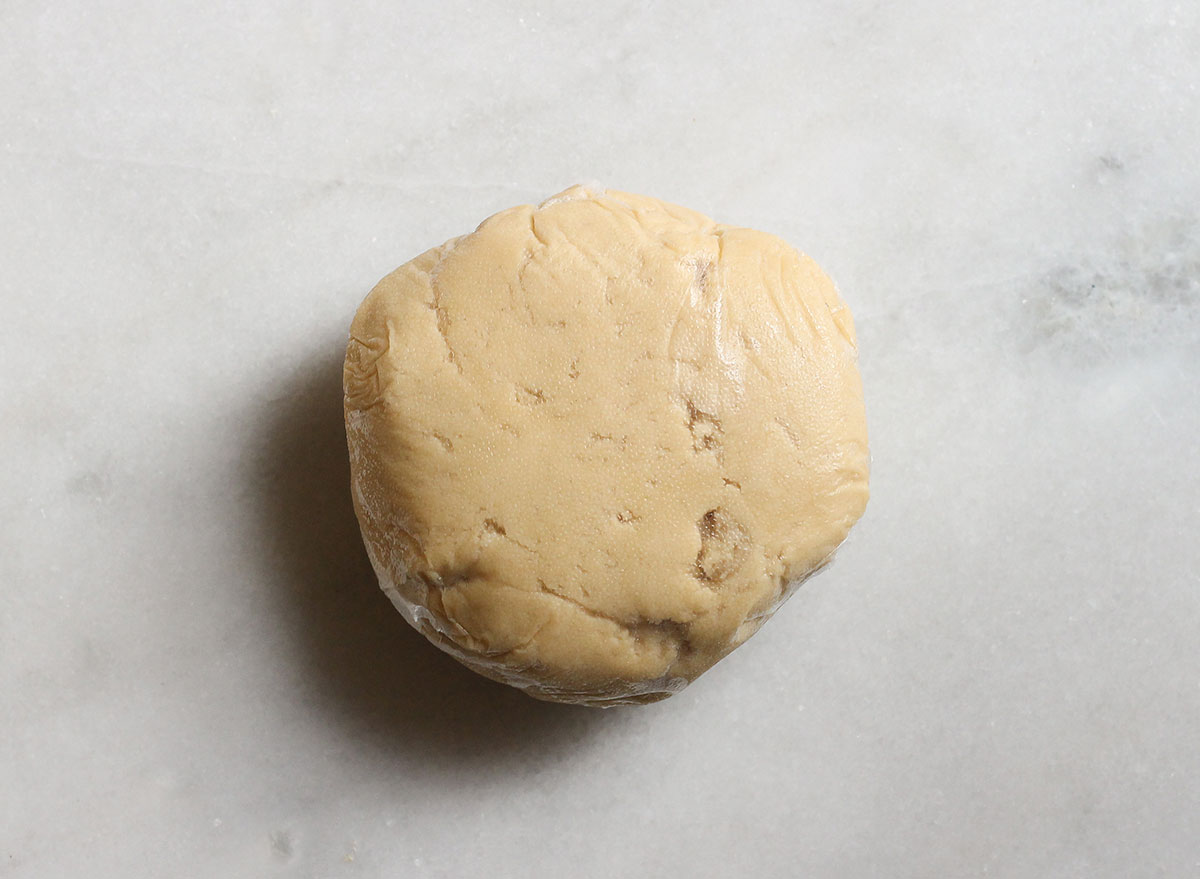
“Proofing” your dough is how they refer to letting dough on the show. Time and again, it’s been “proven” that there is no shortcut that works as well as letting the dough sit there and do its rising thing for as long as the recipe demands.
Contestants have tried all kinds of shortcuts, from placing their dough in a warming drawer to simply not letting the dough rise for as long as it is recommended. Spoiler alert: It never turns out well.
Dry your fruit before adding it to a cake.
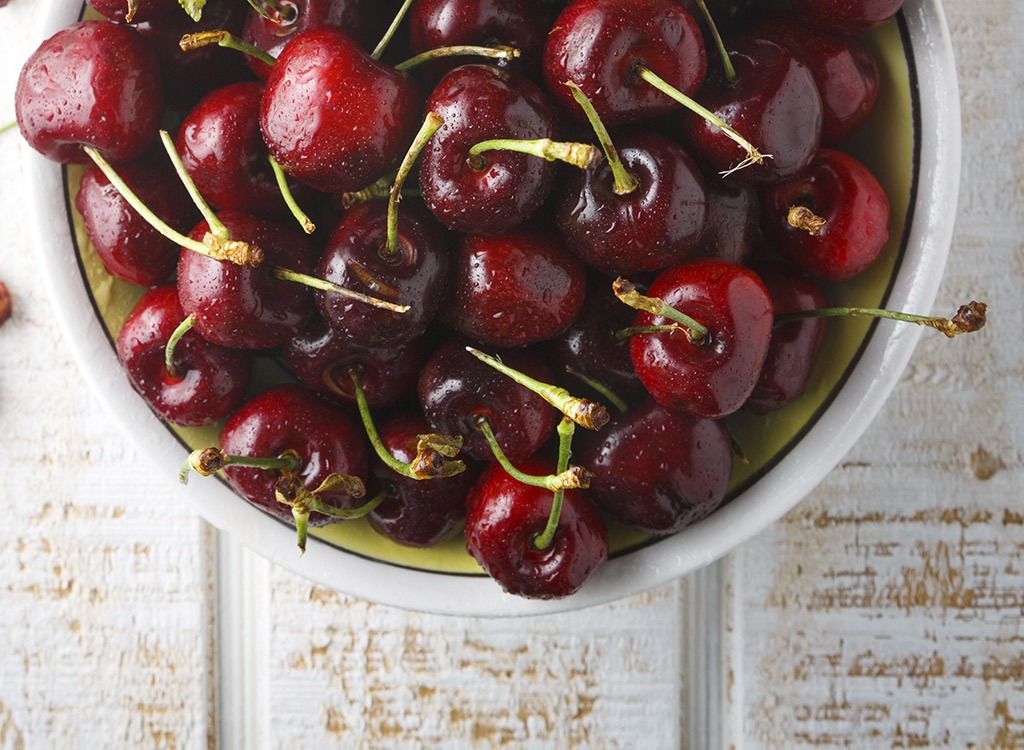
In Season 1, during the cherry cake challenge, a number of contestants found that their cherries sank to the bottom—not a good look. (And also, they were somewhat soggy.) Mary explained it’s important to dry the cherries (or other fruit) before putting it into a cake batter.
On her own website, she goes into further detail, suggesting it is best to “quarter, wash, and dry” cherries before adding them to the cake batter. In addition, ground almonds in the cake batter “helps suspend the cherries,” Mary says on the site.
Frozen fruit won’t bleed into your cake.
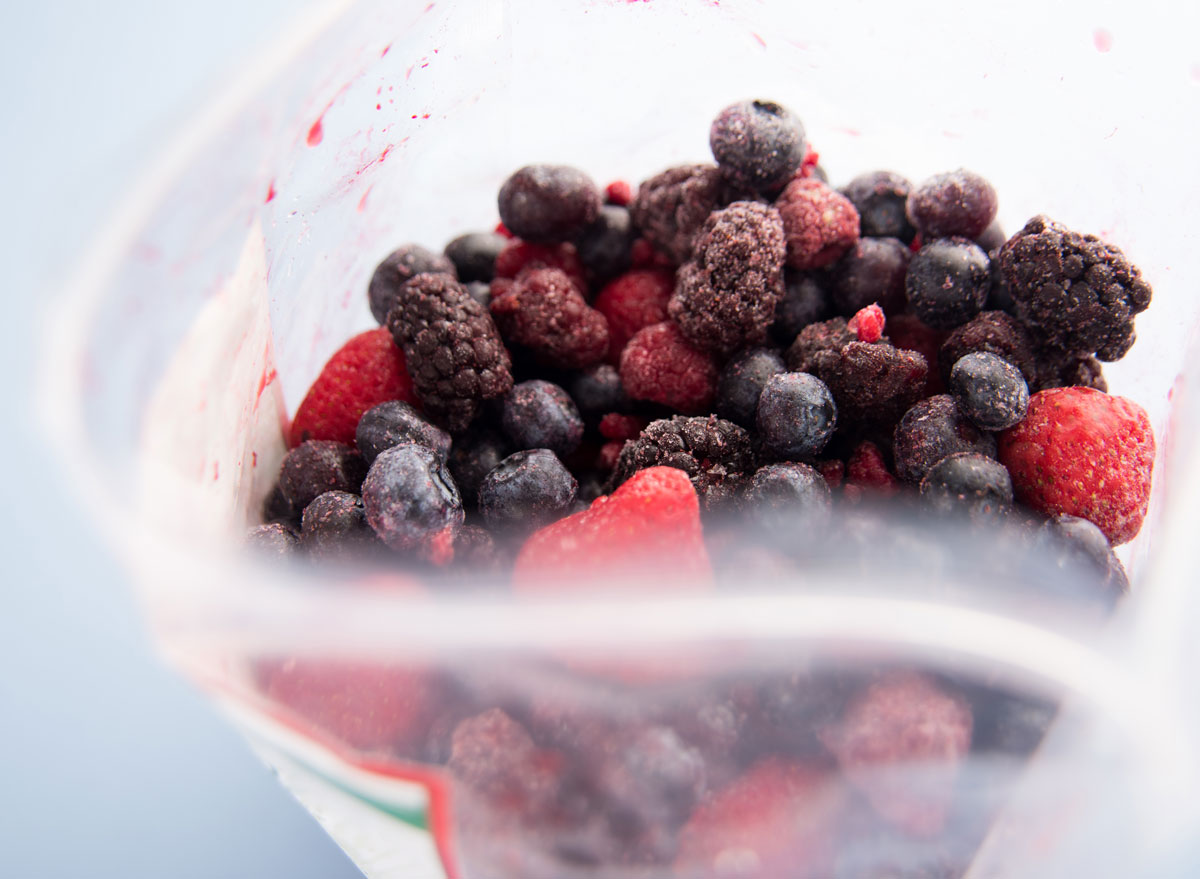
Now that you know how to keep fruit from sinking, here’s how to keep it from discoloring the cake, according to Season 5 winner Nancy Birtwistle. The solution is simple: Freeze the fruit first.
Whether you’re a baking aficionado or just love watching The Great British Baking Show, these tips will take your baked goods to the next level.
